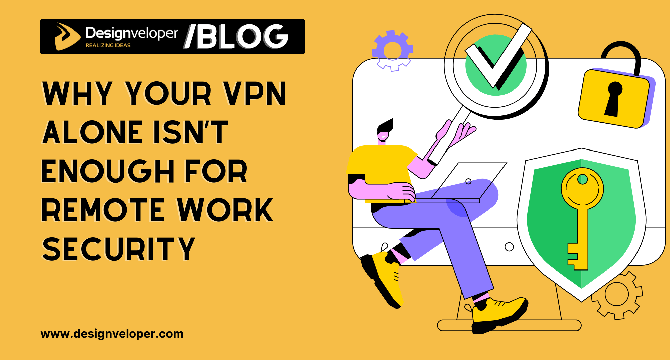Designveloper
1M
264

Image Credit: Designveloper
Why Your VPN Alone Isn’t Enough for Remote Work Security
- Remote work has become a permanent feature in today's business landscape, leading to new challenges in cybersecurity.
- While VPNs are commonly used for remote access security, they are no longer sufficient against modern cyber threats.
- VPNs encrypt data traffic, provide internal network access, are cost-effective, support legacy systems, and offer compatibility.
- However, VPNs have limitations, such as overly broad access, lack of context-awareness, credential vulnerabilities, and scalability issues.
- The Colonial Pipeline ransomware attack highlighted the risks of VPNs, emphasizing the need for additional security measures.
- New requirements for remote security include multi-factor authentication, endpoint protection, cloud-based identity management, zero trust security, and continuous monitoring.
- Multi-factor authentication adds an extra layer of security, endpoint protection enforces policies, IAM ensures centralized access control, and zero trust limits access based on verified identity.
- Continuous monitoring and patch management are crucial for real-time threat detection and vulnerability mitigation in remote work setups.
- Businesses need to adopt a modern security approach beyond VPNs to combat targeted cyber threats and secure complex remote work environments effectively.
- Implementing device compliance, real-time monitoring, zero trust policies, and automated patching can help strengthen overall cybersecurity defenses.
Read Full Article
15 Likes
For uninterrupted reading, download the app